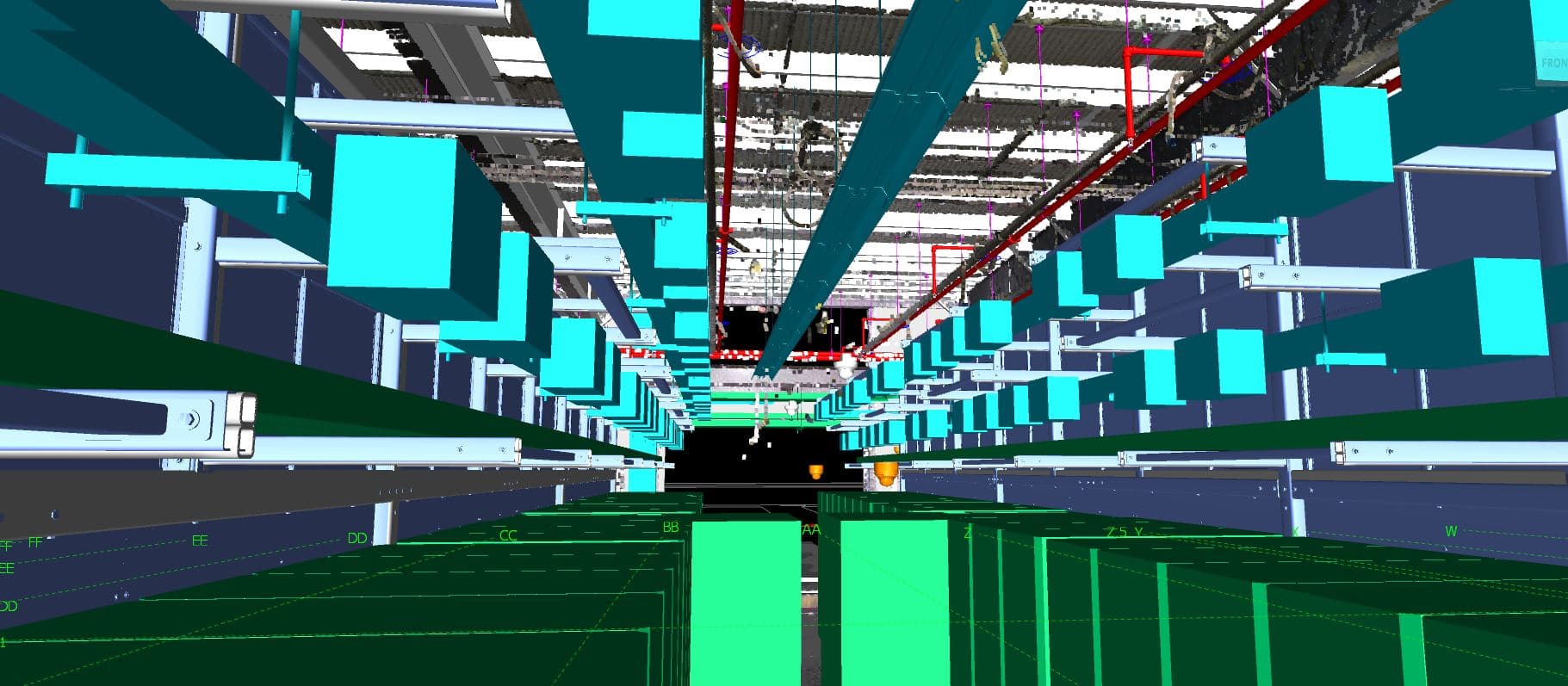
| Aug 28, 2019
Leveraging BIM in the Estimation Process
Building Information Modeling (BIM) is a tool to visually represent a project in a 3D model, allowing the design elements and structural systems to be showcased with precision. In the preconstruction phase, this technology enables a general contractor to digitally complete the estimation process, as well as coordinate and organize the building process and relay this packaged information to the project’s operation team for implementation.
The goal of this model-based approach is to create a streamlined and collaborative platform for the entire project team. If the construction industry can fully transition from drawings to models, more efficient operations in preconstruction can be reached.
At HITT, we are using Autodesk’s Navisworks, a 3D model review software, for collision tracking to inform both construction schedule and revisions derived from 3D models. We have found that when we leverage our BIM models in estimation, we streamline assemblies, line items, and quantities. Most importantly, we standardize the communication process for the project team. Ultimately less time is spent backtracking or correcting mistakes of manual methods. According to Autodesk, 100 percent of polled users that implement BIM on more than 50 percent of their projects saw improved on-site coordination of materials and installation. They also found 68 percent of polled users that implement BIM on less than 50 percent of their projects saw the same result.
Nevertheless, the industry encounters various barriers to making this technology a standard for contractors of all sizes in the estimation phase. In an industry that is historically slow to adopt technology, the most pronounced barrier is the industry structure. Construction projects are relatively low-margin and income streams are project-based, which disincentivizes some contractors and designers from adopting new technologies. To address this concern, the AEC community will need to educate each other about the opportunities BIM brings to the estimation and design process. Embedding BIM in preconstruction estimating takes a holistic approach to a project’s development, setting the entire project up for greater success through streamlined, accurate, and detailed intelligence.
Continue following our conversation on this subject for a review of specific estimating software and design partners’ feedback on industry progress.

